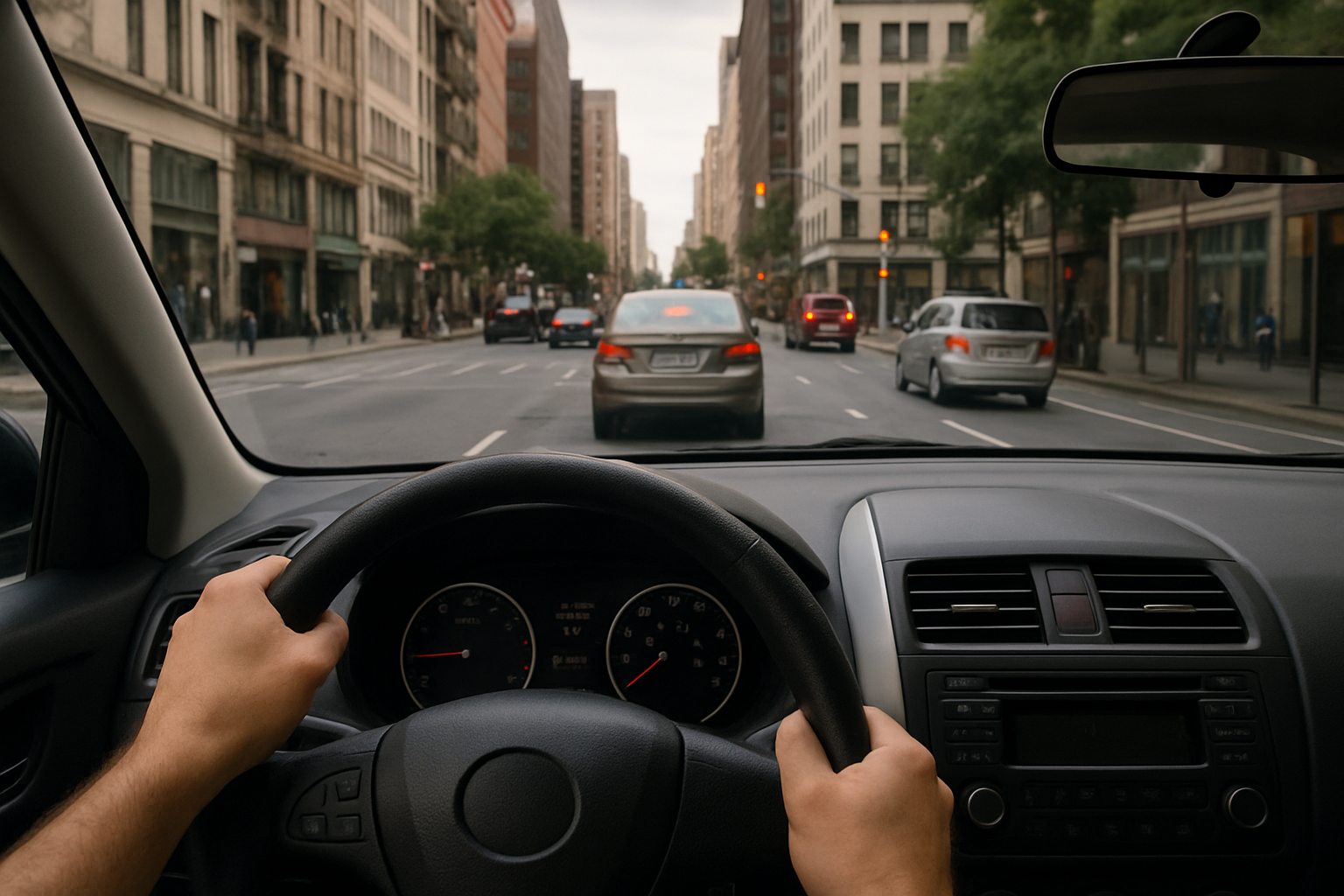Hook: Navigating crowded city streets can feel like a high-stakes video game. Mastering the latest defensive driving tips and honing your anticipation skills are essential for city driving safety. This guide will teach you how to read the road, predict hazards, and stay one step ahead of other drivers.
- Why anticipatory driving reduces accidents and stress
- Key techniques to spot and respond to urban hazards
- Pro tips to practice and perfect defensive skills
Why Anticipation Matters in Urban Driving
In dense traffic, split-second decisions can prevent costly collisions. By focusing on the bigger picture—traffic flow, pedestrian behavior, and environmental cues—you shift from reactive to proactive driving. Anticipation techniques aren’t about driving slowly; they’re about maintaining control and confidence amid unpredictable city conditions.
Core Anticipation Techniques
1. Scan Beyond the Car Ahead
Avoid “tunnel vision.” Use the “10-second rule”: look ahead two to three blocks to spot brake lights, stalled vehicles, or jaywalking pedestrians before the car directly in front of you reacts.
2. Mirror & Head Check Rhythm
Develop a scan pattern: mirrors every 5–8 seconds, plus a quick shoulder check before lane changes or intersections. Early mirror glances reveal merging traffic or aggressive drivers trying to cut in.
3. Intersections & Crosswalk Focus
Approach at a steady speed, covering the brake. Observe body language: pedestrians shifting weight or making eye contact may step off the curb. Watch side-street vehicles inching forward or hidden behind parked cars.
4. Gap Management
Maintain at least a three-second following distance in urban traffic. This gives you room to brake or steer around hazards when the vehicle in front suddenly stops or swerves.
5. Left-Turn Strategy
When turning across traffic, position your car slightly forward at the stop line (only if safe), enhancing visibility. Pause, scan far lanes, and commit to a decisive turn when you spot a sufficiently large gap.
Pro Tips & Advanced Tricks
- Use “reference points” (signs, shadows) on the road to gauge how quickly you’re approaching potential hazards.
- Anticipate signal timing: if a light’s been green for a while, prepare to slow down before it turns yellow.
- Watch for curb reflectors and bike lane indicators to detect cyclists hidden in your blind spot.
- Adjust your driving posture: sit upright with a firm, light grip on the wheel to react more quickly.
Common Pitfalls to Avoid
- Over-reliance on ABS: While ABS helps in emergencies, don’t assume it will prevent all skids—practice controlled braking in safe conditions.
- Distraction drift: Checking mirrors too infrequently because of phone or audio adjustments undermines your scan pattern.
- Speed creep: It’s easy to unintentionally exceed speed limits in stop-and-go traffic—use cruise-control features if available.
FAQs
- Q1: How close should I follow in city traffic?
- A1: Maintain at least a three-second gap under normal conditions. Increase to four seconds in wet or low-visibility conditions.
- Q2: Is it safer to stick to the right lane in heavy traffic?
- A2: Generally yes—right lanes tend to have fewer merging maneuvers, but always scan and adapt based on traffic flow and exits.
- Q3: How do I practice anticipation skills?
- A3: Start in low-risk environments (empty parking lots or quiet residential streets) to build your mirror-check rhythm and braking distances before tackling busy downtown roads.
Conclusion & Next Steps
By integrating these defensive driving tips and anticipation techniques into your routine, you’ll navigate urban roads with greater confidence and safety. Commit to one new skill at a time—soon, proactive driving will become second nature. Keep scanning, stay alert, and enjoy stress-reduced city driving!
